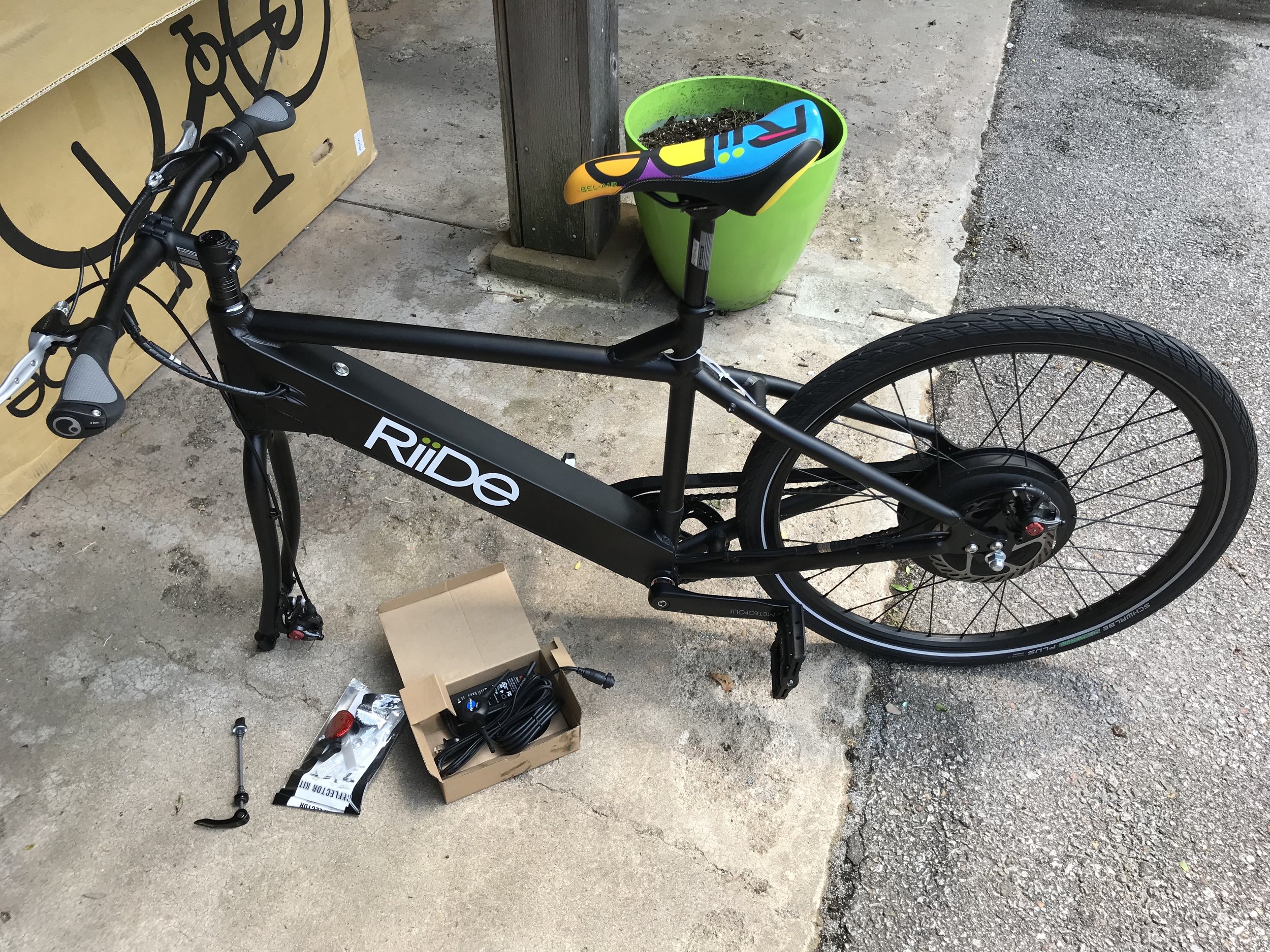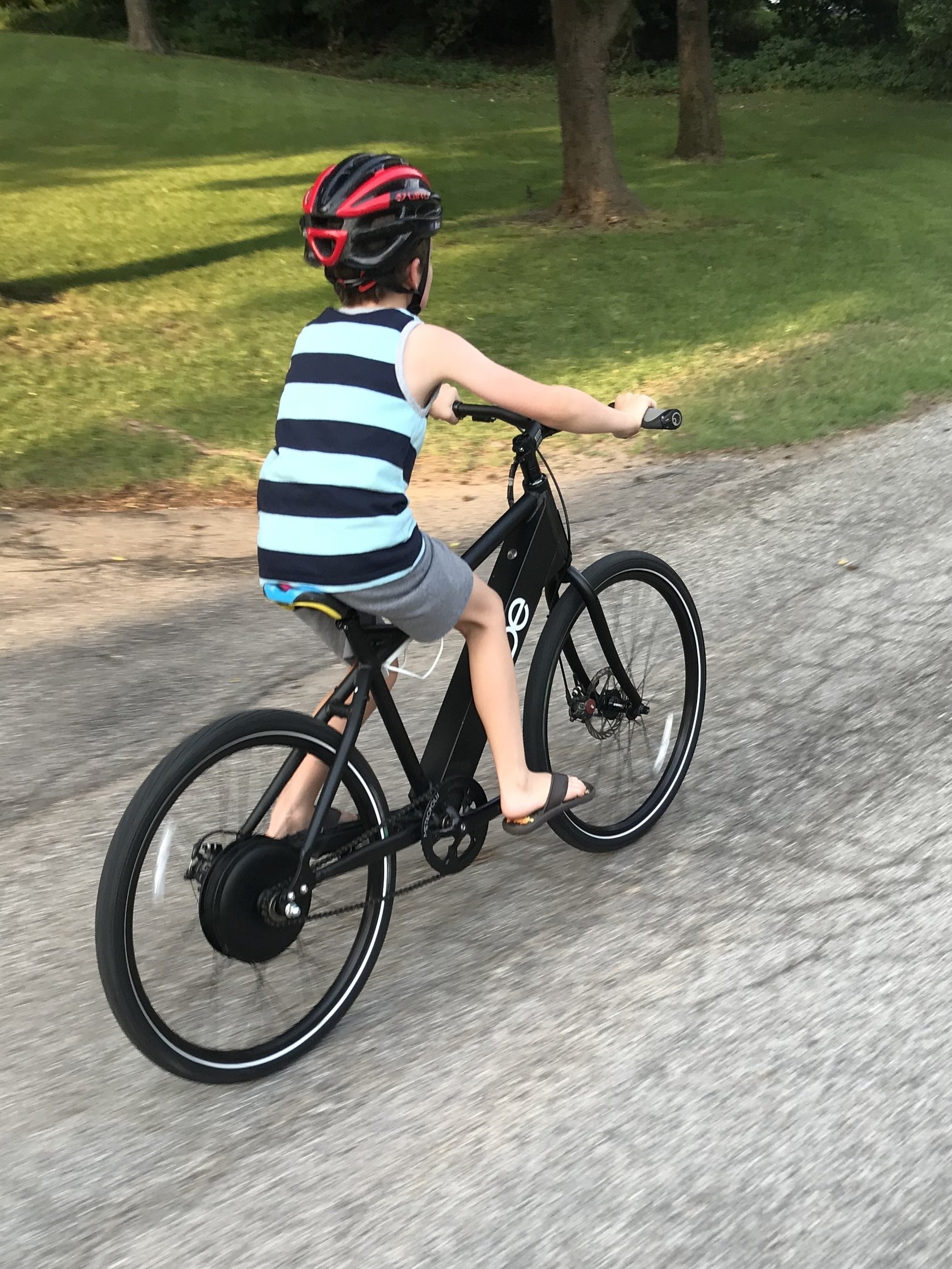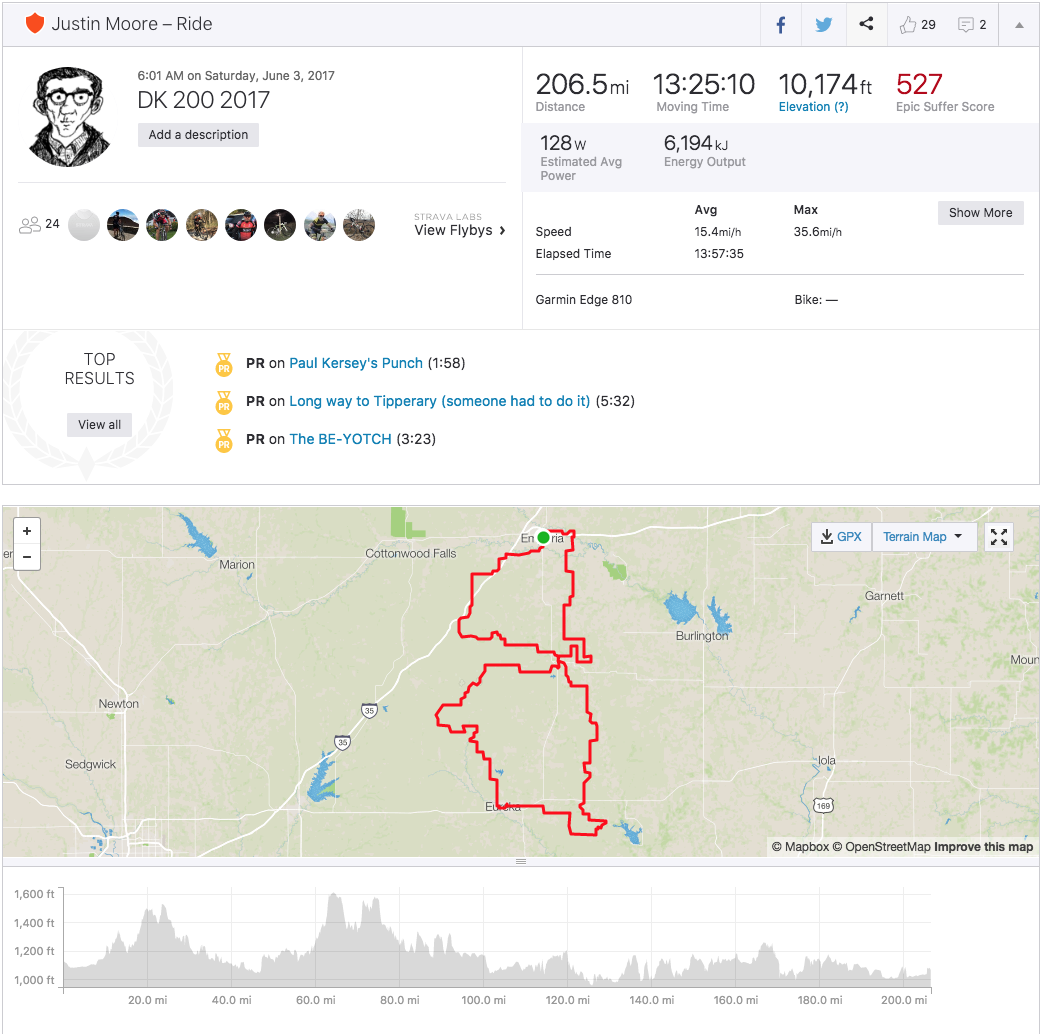After my excitement about dockless e-bike share in Washington, D.C. last spring, I started shopping around for an e-bike for Double Arrow Metabolism to use for short business trips.
I wanted a bike that was adjustable so that more than one person could use it without much trouble. I tried to find refurbished Jump bikes, but I struck out. I think they’re just too new. Many of the purpose-built bikes on the market are really expensive and/or look like Kawasaki motocross bikes (you really get how some people are complaining about e-bikes being e-motorcycles in disguise).
So it took some looking. I really like the retro fabulous looks of Faraday bikes. I love the looks and techie features of Stromer bikes, but the price is way too steep (especially for Stromers), at least until I really know what I want. And for the money, the looks of the mainstream bikes like Specialized and Trek just aren't what I’m looking for.
I considered building my own e-bike by adding an aftermarket hub motor and a battery to a bike I already have. Then I looked around and found a page for refurbished Riide bikes. The price on these was what really attracted me. They don't cost the three or four grand that some of the other bikes mentioned above cost. In fact, they're within a few hundred bucks of the Money Mustache conversion that piqued my attention toward e-bikes in the last couple years. Riide has an interesting subscription-based business model for its new bikes, but more important to me, they’ll sell their old ones:
They'll allegedly fit a rider between 5'2" and 6'2". That easily fits my wife’s and my height, and it gets close to my daughter's. So I hit the Add to Cart button and waited. Unfortunately, when I ran out giggling to greet the FedEx guy, I found an open box and no front wheel. Somebody decided they needed it more than I did:
The front wheel is apparently in the same place as Jimmy Hoffa.
But not to worry. I got to spend some time talking with Riide founder and owner Amber Wason via email (and even with a personal call to my cell phone [!]), and we got it straightened out. We got the missing wheel replaced, and we had a new e-bike in no time.
If you doubt the size difference in riders the Riide can accomodate, that's a 4'7", 60 lb human riding the same bike that'll haul my 6'1", 180 lb corpus around.
The ride of the bike is different than the Jump tanks I rode in D.C. First, the bike is a fair amount lighter, since it doesn't have the built-in racks and electronics of the Jump. Also, Riide isn't controlled by pedal assist. Instead, you twist the throttle like you're riding a Yamaha.
This doesn't really affect the sensation of riding the bike. When you twist the throttle you still get a satisfying little kick from the motor. It does affect the appearance of the bike, though, since you can easily cruise along without even turning the pedals. I’m not in love with the twist throttle, though. My thumb and forefinger get crampy from holding it in place. I think I would like a thumb throttle better.
One feature I really like is that the brakes kill the motor. My son learned the value of this the hard way on about day two, when he accidentally twisted the throttle as he was dismounting and skinned a knee. Use the brakes.
I eventually rode it to work:
After taking these pics, I immediately deleted the rides from Strava. Strava is the de facto place to log rides, but it doesn't feel right to post e-bike rides on it. Strava's for human power only. But I can't help but obsess over data, so I put Map My Ride on my iPhone for ebike use only. Then after a few hundred miles I deleted it and just let the abject lack of data wash over me. Digital minimalism forever.
The advertised speed of the bike is ~20 mph, but I think that estimate assumes a new bike and battery, and I think it assumes a smaller rider than me. I can only get ~17-18 mph out of the Riide on flat ground. That’s still pretty good. It gets me to where I'm going faster than I could get there on the fat bike I often commute on:
Sure, a different route. But a significant increase in speed, with a significant decrease in sweatiness.
At the end of the day, I think the Riide may be what I want, not the bike I ride while I'm deciding. It looks good in a way that doesn't draw a lot of attention, it is inexpensive and comes with a warranty that I've already tested and that works, and it gets me around in a satisfyingly blue-collar way.
Now I’ve ridden it a thousand miles, maybe, and I feel pretty good about it. The bike didn't come with any rack or panniers, so I had to add one. No problemo. Because buying bike stuff is. The. Best. The front rack from Velo Orange. It looks great and can hold a ton (or at least a case of beer). I’ve found it easier to strap my soft-side briefcase to the front rack than to stuff it in a pannier bag or strap it to a skinny rear rack like I do on my fatty.
A few Riide-specific tips, if you care:
Don’t air the tires up to the maximum pressure. It’s tempting to do this to try to maximize battery efficiency, but the bike rides like a lumber wagon that way. And remember that higher pressures aren’t always better. It’s way, way more comfortable to pump the tires up to a nice, soft-ish pressure to allow a little give over the bumps.
The battery is really glitchy about over-charging. I’ve found that if I accidentally leave it plugged in overnight it’s out of commission for the day. I don’t know why, and I’m no stranger to plug-in electric vehicles:
The phenomenon is reproducible. In my mind it’s a complication of over-charging. But that could be my imagination running wild. Anyway, either set up the charger on a timer that shuts it off after ~3 hours or set a manual timer to remind yourself to unplug your Riide.
Finally, if you have multiple people using the bike you’ll need to put the brake levers in a medium position. Since I’m a foot-and-a-half taller than the other people riding it but I use it 90+% of the time for work, I keep the levers pointed down a little. But not as far down as I would if I were the only rider. I tip them up just a little to make them reachable by everybody else.
Riide on!







































































